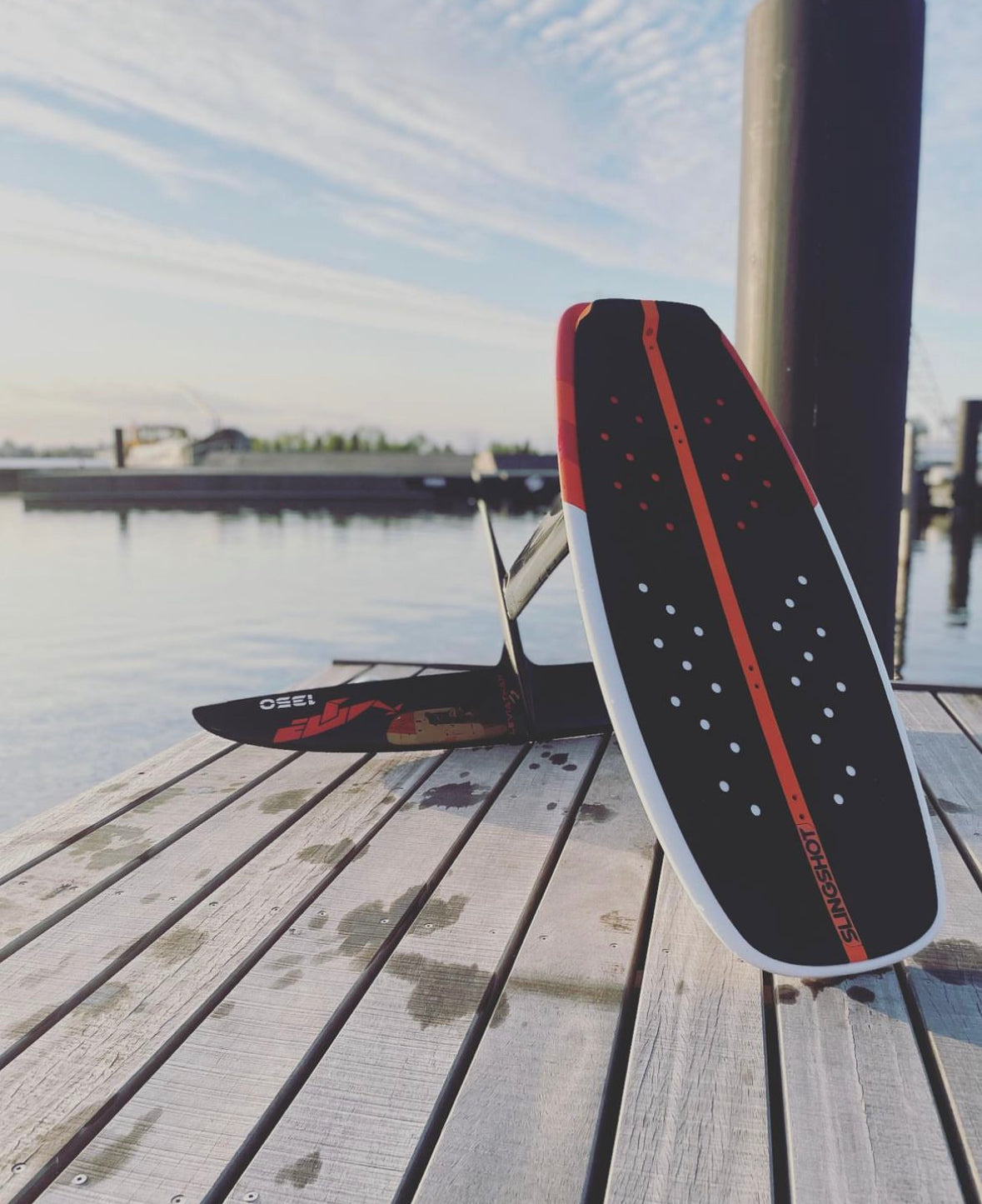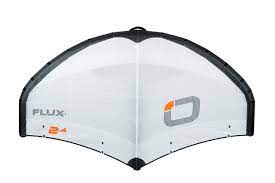- NEW
- Wingsurfen
- Foil Boards
- Hydrofoils
- Wing Camp 🔥
- Surf/Sup
- Kitesurfen
- Wetsuit
- Skateboard
- Stuntstep
- OUTLET
- Lessen
- Aanmelden

Review: Smik wing V2 4+5mt
juli 04, 2022
Test periode: eind december tot heden. Inleiding: Ik ben een 48 jarige "average-Joe" winger. Freestyle heb ik geen aanleg voor en als je me ziet vliegen gaat er wat mis want ik vaar altijd strapless.:) Naast gewoon lekker varen is golfrijden mijn grote passie. Smik is het merk van Scott McKercher, ex wereldkampioen wave bij het windsurfen, ex shaper/designer bij starboard voor de waveboards en sups tot hij besloot zijn eigen merk Smik op te richten. Bij de wavesups zijn ze zeer geliefd en anderhalf jaar geleden kwam hij ook met een wing, de V1.
Wakestyle is een kitesurf en skate shop in Bussum, Nederland.
Onze winkel is op steenworp afstand van Amsterdam, Almere, Hilversum, Utrecht en Amersfoort.
Volgen
PARTNERS:











